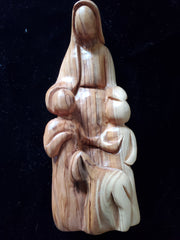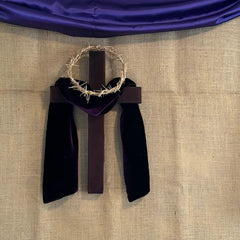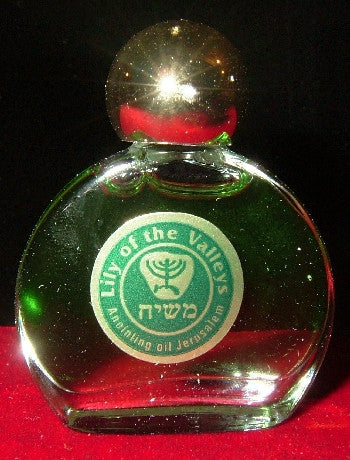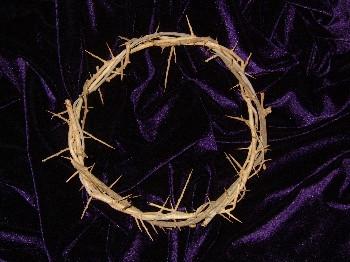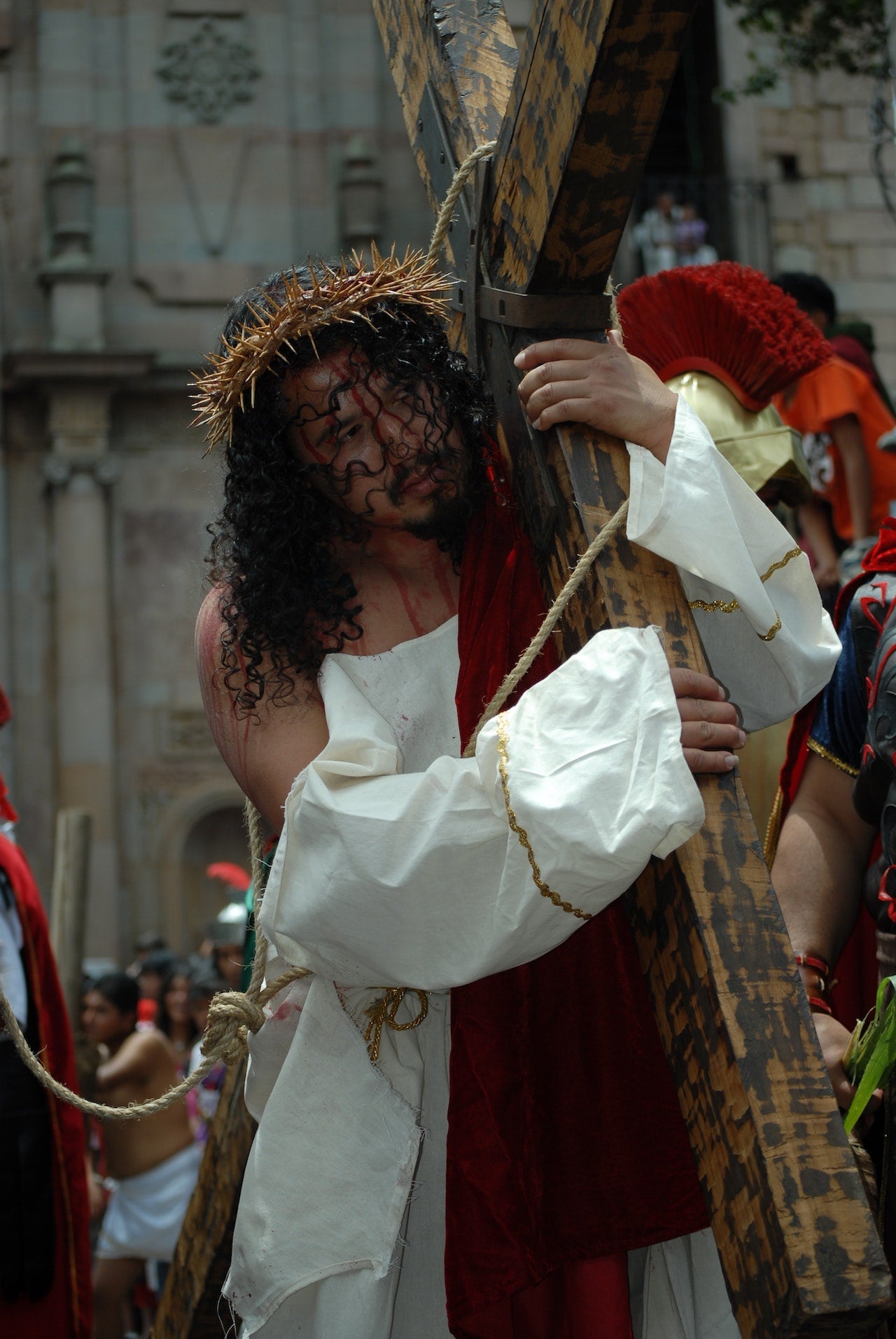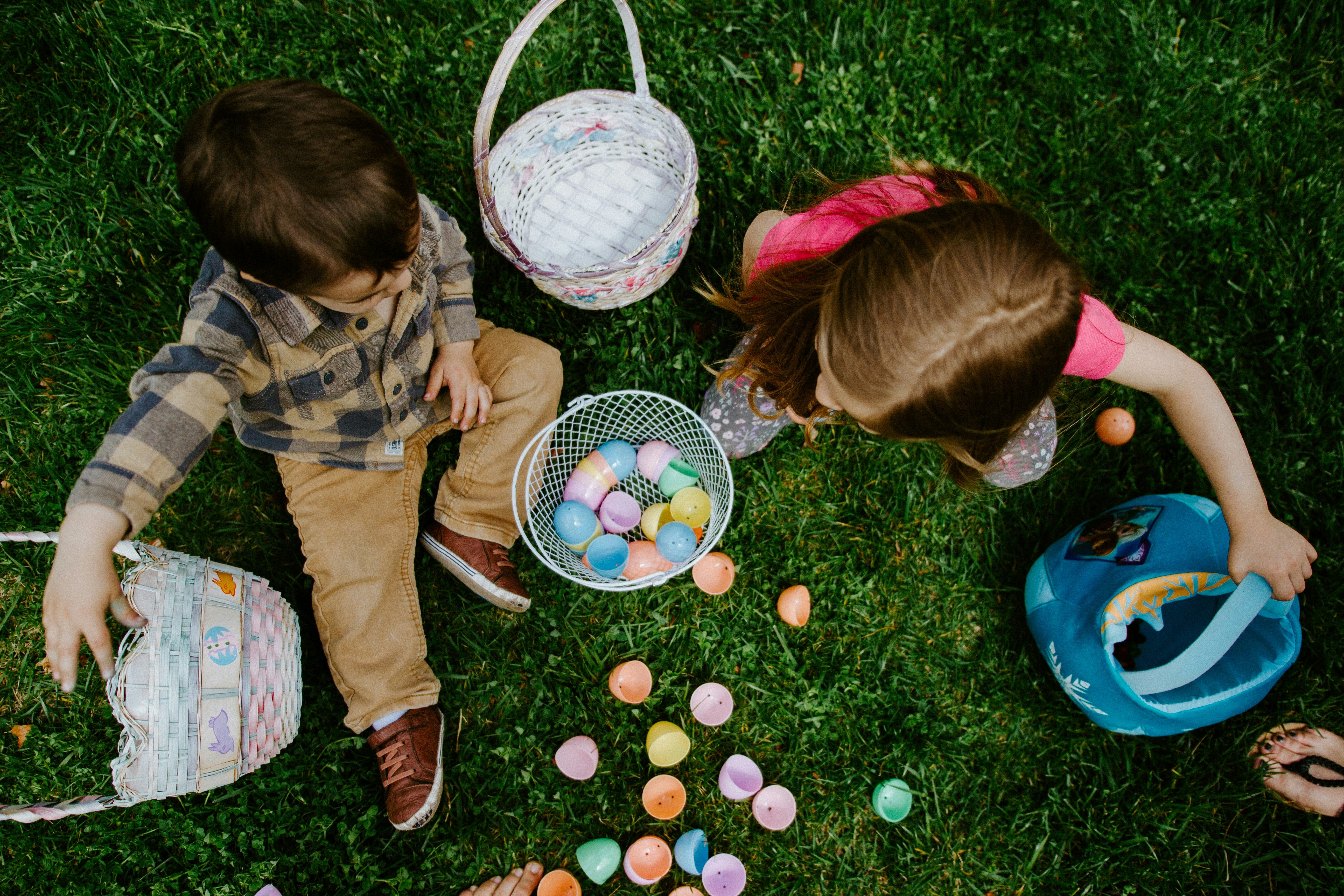
With Easter just around the corner, it's a great opportunity for parents to talk to their children about the importance of this widely celebrated holiday. It can be difficult for parents to explain Easter in ways that young children and teens can understand, especially when addressing questions about the resurrection and crucifixion of Christ. To ensure your child's understanding is accurate and age-appropriate, here are some tips on teaching kids of all ages about Easter.
Explaining the religious meaning of Easter
❖ Easter is an important religious holiday in Christianity, which marks Jesus' resurrection from death after being crucified by the Romans. While it is often associated with secular activities such as egg hunting and chocolate bunnies, it is important to explain its religious significance so that children understand its deeper meaning. For younger children, focus on the joyous celebration aspect rather than its somber origins. You can also explain that although Jesus died on Good Friday, his love lives on forever in our hearts.
Explaining biblical vs secular celebrations
❖ When discussing Easter with younger children, you should discuss the holiday's biblical and secular aspects. Let them know that although many people enjoy participating in activities such as egg hunts and decorating eggs, these activities are not part of Christian tradition. Instead, they symbolize new life and hope after Jesus' death on Good Friday and resurrection three days later on Easter Sunday.
❖ Explain that although these activities are fun, they should not take away from reflecting on Jesus' sacrifice during this special time of year. Children need reassurance that any fear or confusion about a man dying for our mistakes and sins is perfectly acceptable when speaking about Jesus. You can help soften the blow by using a common Easter candy treat as an allegory or rhyme-time prayer:
The Jelly Bean Prayer ( Charlene Dickerson )
Red is for the blood He gave
Green is for the grass He made.
Yellow is for the sun so bright
Orange is for the edge of night.
Black is for the sins we made
White is for the grace He gave.
Purple is for His hour of sorrow
Pink is for our new tomorrow.
An egg full of jellybeans
Colorful and sweet
Is a prayer, a promise, a loved ones treat.
As you teach the poem, give your child a jellybean according to the color and discuss the symbolism of each color as you share this time together.
Help kids overcome the fear of crucifixion.
❖ If your child expresses concern or confusion over why Jesus had to suffer before he could rise again from death, it is important to address their feelings head-on and provide reassurance where needed. Emphasize that even though this was a tragic event in history, there are happy endings; we celebrate because we know God will always bring us back together after bad things happen. Encourage them to focus more on what happened afterward—Jesus rising from death—and less on his suffering beforehand—his crucifixion at Calvary Hill—so they feel more hopeful about what their faith teaches them about Jesus' endless love for us all.
❖ Some things that might alleviate their fear of seeing a cross or replication would be Easter basket gifts that include:
- a necklace with a small cross pendant
- the supplies to make brightly painted popsicle stick crosses or even a cat's eye wrapped in yarn.
- A basic kite to allow for a figurative, symbolic way to envision the cross in the frame and watch it fly skyward, just as the spirit essence of Jesus did upon His last breath taken on the cross.
Explaining Christianity & bible stories
❖ Christianity revolves around faith in God and accepting Jesus Christ as our Lord and Savior. Explain this concept to your children using age-appropriate language. Additionally, share bible stories related to Easter, such as Palm Sunday or The Last Supper, with your children so they understand why we celebrate this holiday. Many practices associated with Easter are derived from bible stories and parables.
❖ If appropriate for their age level, you can even discuss crucifixion with older kids by explaining how Jesus died on the cross for our sins, but make sure you emphasize his ultimate triumph over death through resurrection. This is also the time to start including a few extra hours at church and have your child interact as much as possible with other peers of their age. Not only will they be involved in biblical stories, but they will also come to appreciate extra time shared as a family.
Explaining Biblical vs Secular Aspects of Easter
❖ To older kids (ages 8-12), you can explain the difference between the biblical and secular aspects of the holiday by discussing traditions such as egg hunts, chocolate bunnies, or decorating eggs. Let them know that these activities are fun but not part of what makes Easter important – it's more than just a holiday with treats, electronics, and new clothes. Explaining how these activities have nothing to do with religion or faith will help them understand why they might see different traditions celebrated at school or on TV than at church or home.
❖ For example, egg hunts extend the ancient Christian tradition of giving eggs during Easter to symbolize new life. Similarly, candy shaped like rabbits is a reminder that Jesus was raised from death, just as rabbits are known for being able to multiply quickly.
❖ Teenagers, by nature, are more inclined to be openly experimental about their "dark phase." The mood culture pushes rebellion, dark clothing, and a sudden shift in social activity. It's hormonal, and we all went through it. Allowing them the freedom to choose a clothing style is just as important as allowing them to explore new religions. To help keep Easter alive yet entertaining, go Hollywood with three age-old trends that you as a parent or grandparent can still enjoy with them;
- Jesus Christ Superstar
- Godspell
- The Greatest Story Ever Told
Explaining Easter to your Kids: A guide for Christian parents
Easter is a complex holiday; explaining it to your children can be tricky. It can be challenging to explain the resurrection, biblical versus secular aspects of the holiday, what Christianity is, and why Jesus was crucified. Additionally, some kids may find the idea of Jesus being dead and coming back to life scary.
❖ Hopefully, the tips above in this guide will help you explain everything in an age-appropriate way so that your children can understand why Easter is so important in Christianity. Explaining Easter doesn't have to be stressful – use this guide as a reference when introducing religious concepts surrounding resurrection, biblical versus secular customs, and Christianity & bible stories to your kids and grandchildren.
❖ Keep explanations clear yet age-appropriate and emphasize how special Jesus' story is compared to regular tales of people coming back from the dead—and don't forget lots of love & reassurance when discussing potentially frightening subjects such as crucifixion. Christianity revolves around faith in God and accepting Jesus Christ as our Lord and Savior. By breaking down these concepts into easily understandable chunks, parents can help their kids understand Easter meaningfully.
Want to learn more about Easter?
https://www.jerusalemexport.com/blogs/content/easter-christianity-and-jewish-faith
https://www.jerusalemexport.com/blogs/content/tips-to-keep-lent-pure-in-modern-times

